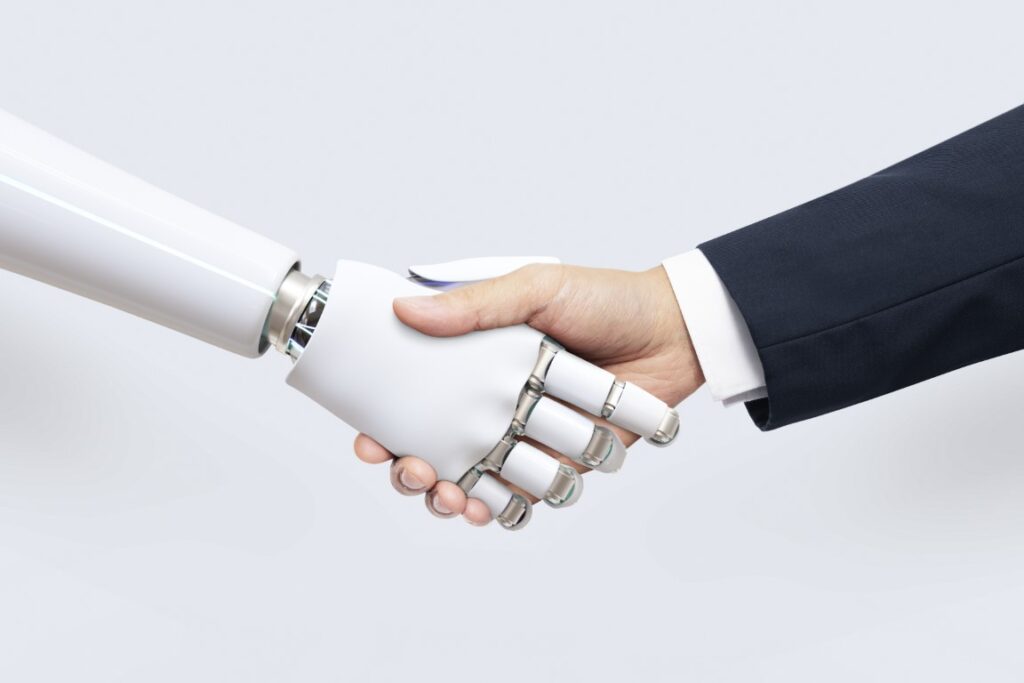Transformation isn’t just about adopting new tools. It’s about how we choose to make them part of what we do. As change accelerates, even the most capable teams can feel stretched thin. AI promises efficiency and insight, but it also brings a quiet strain because the speed of progress often outpaces the speed of human adjustment.
In that light, empathy isn’t a soft skill, if it ever was. It’s a strategic necessity.
Paying Attention Before Acting
Empathetic leadership begins with paying attention to your people, their rhythms, moods, and unspoken cues. It’s noticing when someone who’s usually upbeat seems withdrawn or when a team that once joked through stand-ups suddenly falls quiet.
I think of empathy as kind curiosity, approaching people without judgment and with a genuine intent to understand what they need to feel supported and safe. It’s not about having every answer, but about being present enough to notice the questions that matter.
When Empathy Changes the Outcome
On one project, tension was eroding progress. My implementation team was frustrated with a client group they saw as overbearing. The client’s expectations weren’t unreasonable, but their tone and pace created friction.
I joined the daily meetings. Adding a bit of structure with clearer agendas and expectations helped. What mattered more was hearing the real issue: my team was reacting to how things were said, not what was said.
We learned to listen differently and to hear intent instead of tone. That shift stabilized the work. Empathy didn’t mean agreeing with everything; it meant seeing through emotion to the shared goal beneath it.
AI and Empathy Working Together
AI is often seen as cold and mechanical, something that threatens human connection. I see it differently. Used thoughtfully, AI can free leaders from the noise by reducing busywork, surfacing insights, and automating repetitive tasks. That gives us more time to focus on the people doing the work.
The danger isn’t that AI will replace empathy. It’s that leaders might forget to use the time it saves to reconnect. The best leaders use these tools not to accelerate tasks but to strengthen relationships and understand the human side of change more deeply.
Reflection Before Action
Empathy starts with reflection. Ask yourself:
- Do I know how my team feels about the pace of change?
- Am I giving them space to process uncertainty?
- Have I paused long enough to listen and really understand?
Then act. Check in intentionally. Clarify what support looks like for each person. Normalize conversations about stress and workload. These small, deliberate acts build the psychological safety teams need to stay engaged when everything else is shifting.
The Human Center of Every Transformation
AI may reshape how we work, but empathy determines how well we work together. In a world of algorithms and automation, the modern leader is the one who remembers that progress is made by people with all their strengths, fears, and limits.
Leading with empathy isn’t about slowing innovation. It’s about giving people the strength and trust to move forward together.

